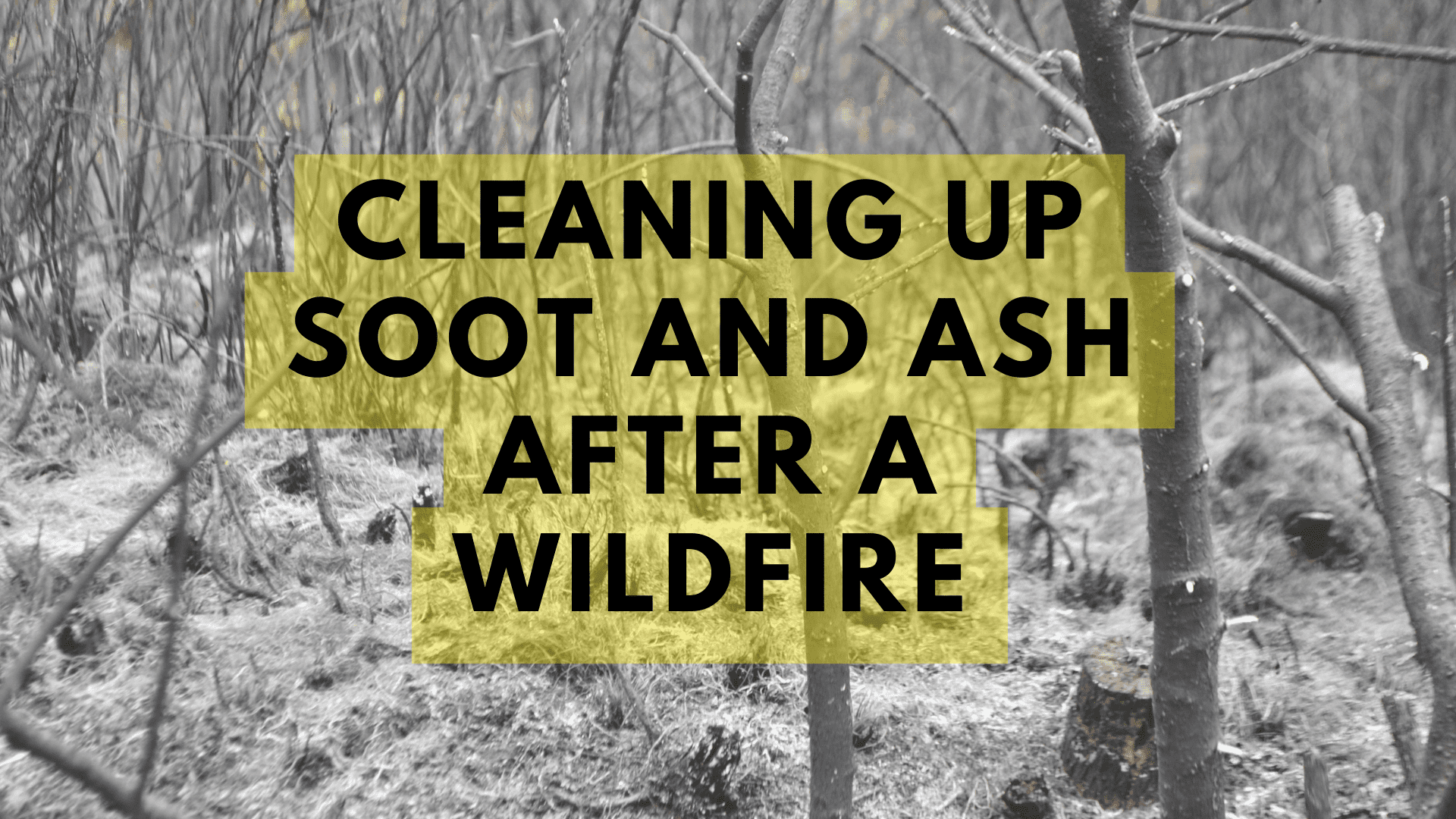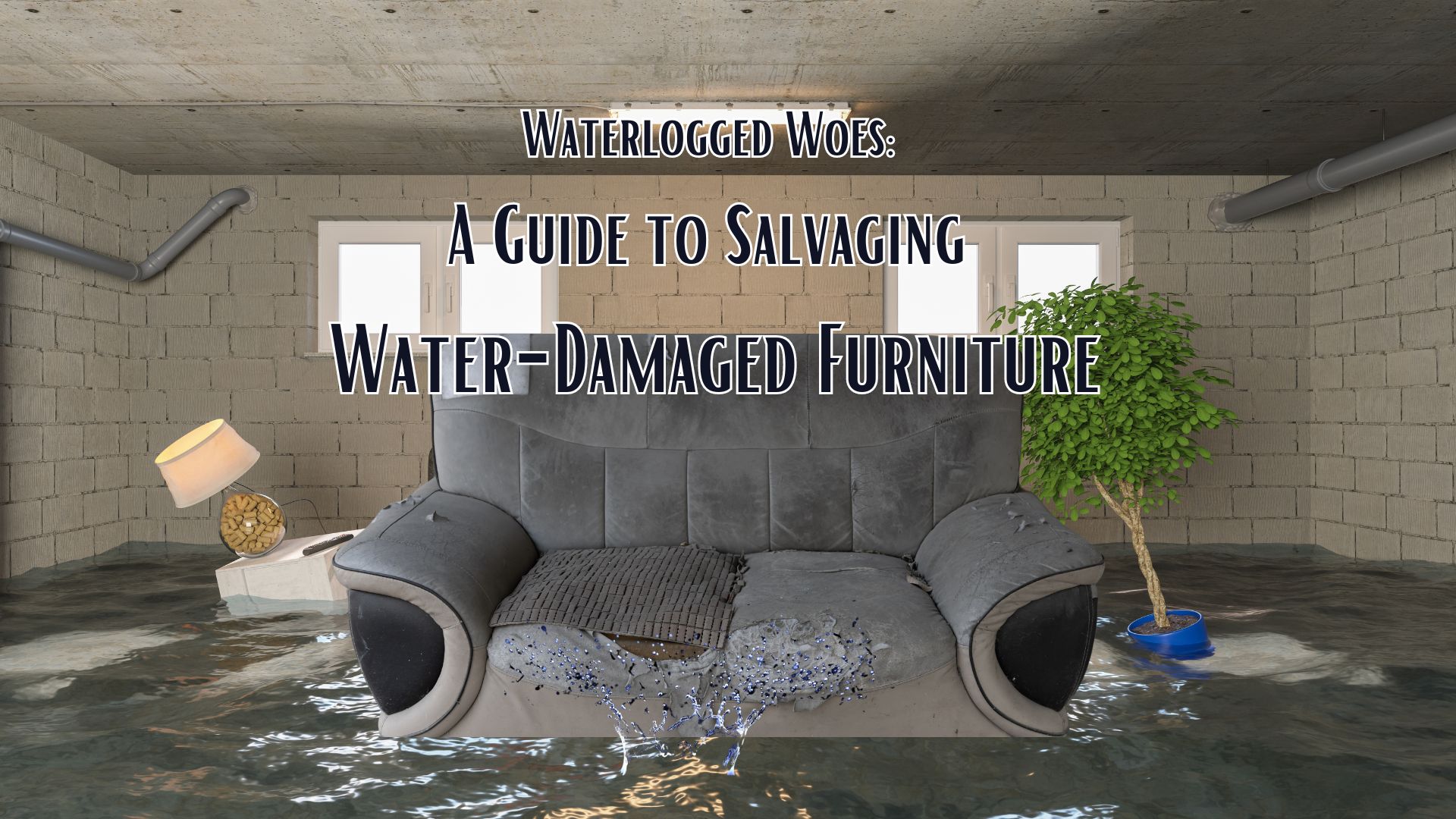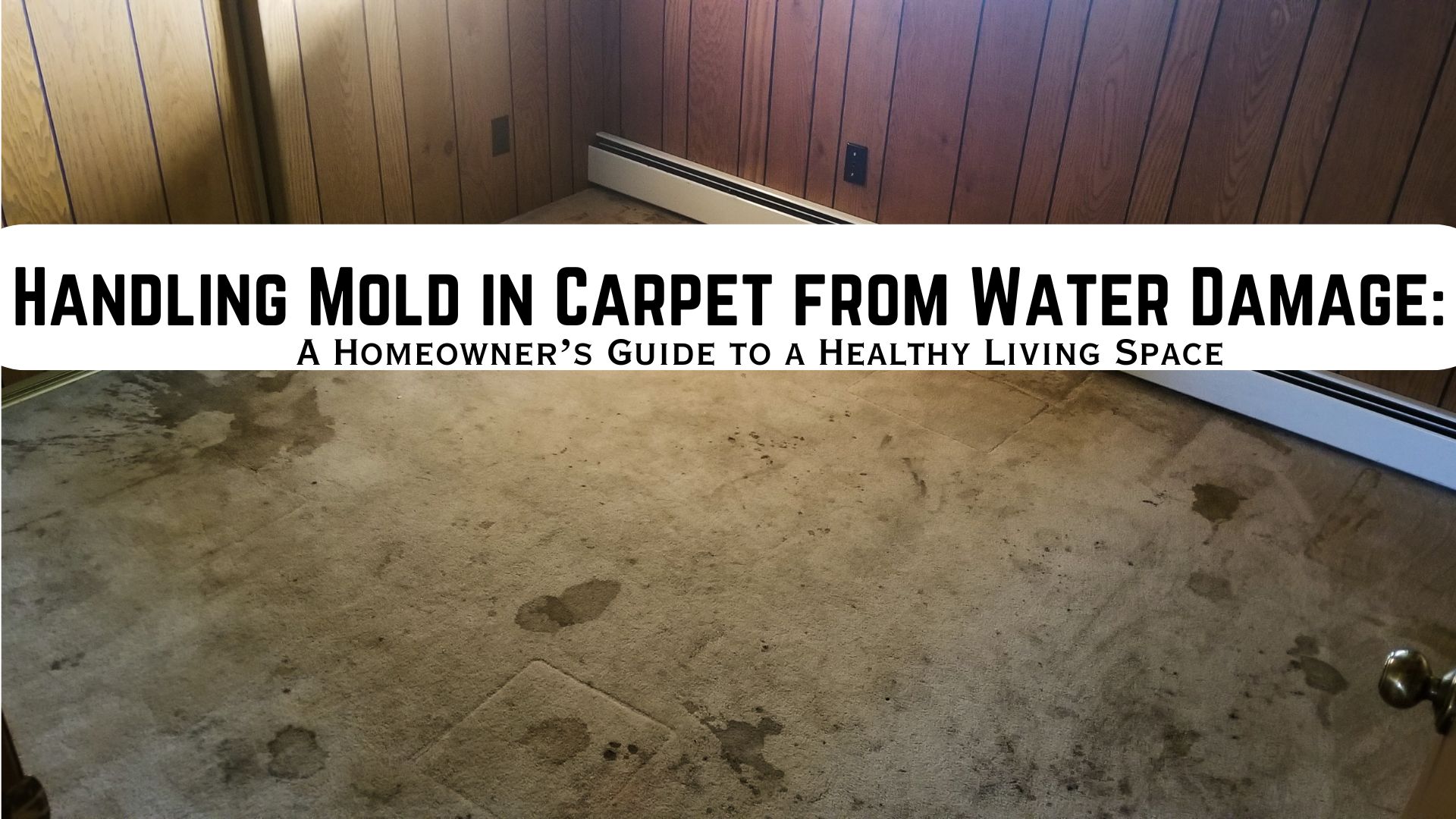Cleaning Up Soot and Ash After A Wildfire
While wildfires are a part of nature and can be beneficial to vegetation, animals, and ecosystems surrounding the fire, they can be deadly and damaging. In the U.S., wildfires can cause millions of dollars in property damage to nearby homes and businesses. The fires can destroy all the materials in their way. But even properties that are not affected by the fire can also suffer serious damages and may require repair and restoration.
The unseen and often unknown dangers of wildfires are the smoke, soot, and ash damage to homes and properties. These natural byproducts of wildfires can travel farther away from the site and cause extensive damage thousands of miles away. Smoke, ash, and soot damage should be dealt with immediately to prevent permanent damage to your property as well as a long-term hazard to your loved ones.
Safety First
Before you begin your fire damage cleanup efforts make sure that your home is safe to re-enter. Verify if the evacuation order has been lifted and seek advice from your local fire marshal to check if it is safe to return to your home.
When entering your home, wear protective clothing to prevent having direct contact with wildfire ash. This ash may be non-toxic but it contains a small number of chemicals that can cause skin and nose irritation and may also trigger respiratory problems like asthma. Some protective equipment you can use is a long-sleeved t-shirt, long pants, safety shoes, safety glasses, and a NIOSH-approved N95 mask. Also, avoid kids and any family members that have respiratory problems going near the affected area unprotected.
Additionally, never try to turn on utilities or appliances until they have been checked by a professional. They might have come in contact with fire, water, or fire-retardant.
Fire Damage Clean-up After A Wildfire
If your home sustained fire damage or even water damage, it is always best to seek a professional fire damage restoration company. But, in case, you would prefer to clean up the damage on your own, make sure to wear the proper protective gear and follow these tips;
1. Exterior Ash and Soot Damage Cleanup
When removing ash and soot from the exterior of your home, there are two things you have to avoid; washing ash into the storm drains and using leaf blowers. Washing ash into storm drains can cause blockage to the system and contaminate the water. At the same time, using a leaf blower can drive the ash back into the air and can become a fire hazard. This can cause the ignition to smoldering areas.
Start cleaning the exterior of your home at the top, meaning from your roof, and work all the way down. Use a broom or a brush to gently remove the ash from the roof, including the gutters, and collect them in a trash bag for disposal. You can also use a wet cloth to remove smaller particles.
To remove ash and soot from the exterior siding, walls, and windows, spray it using a garden hose with a nozzle. You may also need to use a pressure washer to remove any stubborn spots, but make sure to use the lowest pressure to prevent damaging wood or stucco. When doing this, make sure to direct the water to your flowerbeds or laws and away from the storm drains.
Lastly, once you have completely removed the ash and soot from the exterior windows, clean them using a glass cleaner or with a mixture of vinegar and water.
2. Interior Ash and Soot Damage Cleanup
Before cleaning fire damage inside your home, it is recommended that you have your HVAC system cleaned professionally to remove any smoke, ash, and soot residue, and to allow you to breathe cleaner air as you clean up the rest of the interior of your property.
Then, begin removing the ash first. Use a dust cloth to remove ash from most surfaces like books, frames, and other decors. For furniture or textiles, use a hand broom or a brush to sweep off the ash. Collect the ash in a bag and mop wet the floor to fully remove the remaining residues. Furthermore, if you opt to use a vacuum to remove the ash, use only a HEPA filter vacuum.
The next step is to clean up the soot in your home. You can use mild soap to clean up soot damage on most surfaces. But if you need a more effective solution, create a mixture of 1 gallon of warm water, a cup of bleach, and 4 to 6 tablespoons of trisodium phosphate (TSP). Begin cleaning from the floor and work way up to the ceiling. It is also best to clean one part of the area at a time and rinse it with clean water.
How To Prevent Fire Damage
As a homeowner, fire prevention should always be your top priority. You can do this by always checking the situation of your home, creating defensible space, and fireproofing your property. Here are some tips on how to prepare your home for fire damage during a wildfire.
- Remove any natural debris, such as fallen leaves, tree branches, dried-out vegetation, and others, from within 10 feet of your home.
- Keep stored flammable materials at least 30 ft. from your home.
- Keep shrubs and grasses trimmed to remove any dry materials that could ignite and avoid lawn clippings from lingering.
- Trim trees to keep their branches 6 to 10 feet above the ground.
- Cover soffits and under-eaves with vents or screens, then attach 1/8 inch metal mesh to ensure that embers do not enter the area or outside of the attic vents.
- Replace damaged or missing shingles and roof tiles so that roofs are better protected from any blowing and falling embers.
Professional Fire Damage Restoration Services
Fire damage from a wildfire can leave you with plenty of work and can even put you at risk of danger. So, if you need help, you can always trust the professionals at Superior Restoration. We are equipped with skilled and experienced professionals who can clean up smoke, soot, and ash in your property and restore it to its pre-damaged condition. Contact our office today to know more about our fire damage restoration services.




